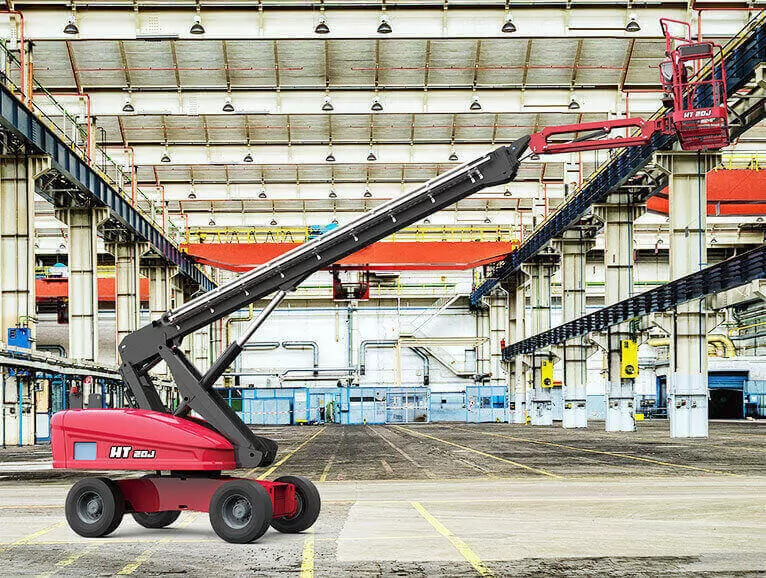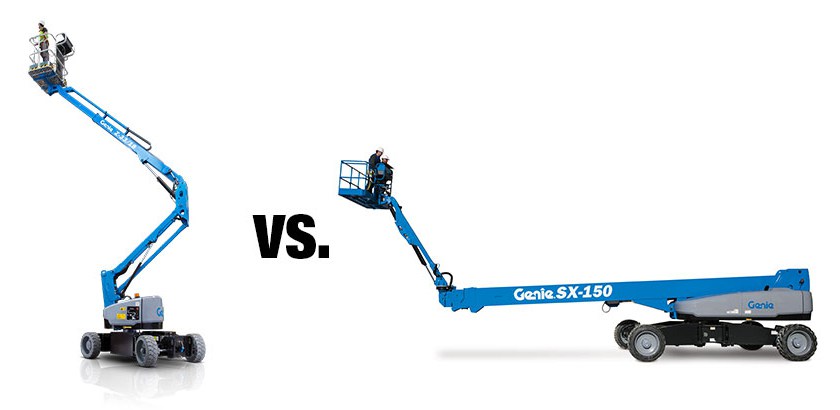What to Know Before Renting a Boom Lift
Learn everything you need to know before renting a boom lift. From types and safety features to rental costs and equipment inspection, ensure a successful rental experience with our comprehensive guide

Renting a boom lift can be an essential part of many construction, maintenance, and industrial projects. These versatile machines allow workers to safely reach high places, making them invaluable for tasks like painting, electrical work, window cleaning, and more. However, before you decide to rent a boom lift, there are several important factors to consider to ensure you choose the right equipment and make the most of your rental. This guide will walk you through what you need to know before renting a boom lift.
1. Understand Your Project Needs
Before renting a boom lift, clearly define the requirements of your project. Consider the following aspects:
- Height Requirements: Determine the maximum height you need to reach. Boom lifts come in various heights, typically ranging from 30 to 180 feet.
- Horizontal Reach: Consider the horizontal reach needed to access hard-to-reach areas.
- Terrain and Environment: Assess whether you need an indoor or outdoor boom lift, and consider the type of terrain (e.g., rough, uneven, or smooth).

2. Types of Boom Lifts
Boom lifts come in different types, each suitable for specific tasks:
- Articulating Boom Lifts: Ideal for tasks requiring precise positioning, such as maintenance and electrical work.
- Telescopic Boom Lifts: Provide greater horizontal reach, perfect for construction and industrial projects.

3. Weight Capacity
Consider the weight capacity of the boom lift. Ensure it can handle the weight of the operator(s) and any tools or materials. Overloading the lift can be dangerous and damage the equipment.
4. Power Source
Boom lifts can be powered by different sources:
- Electric Boom Lifts: Ideal for indoor use, as they are quieter and produce no emissions.
- Diesel Boom Lifts: Suitable for outdoor use, offering more power for rough terrains.
5. Safety Features and Training
Safety should be a top priority. Look for boom lifts equipped with essential safety features such as:
- Fall Protection Systems: Harnesses and guardrails.
- Emergency Descent Systems: For safely lowering the lift in case of power failure.
- Stabilizers and Outriggers: To ensure stability on uneven terrain.
Additionally, ensure that operators are trained and certified to use the equipment safely.
6. Rental Costs
Understanding the rental costs and terms is crucial. Factors influencing the cost include:
- Duration of Rental: Longer rentals may have discounted rates.
- Delivery and Pickup Fees: Consider the logistics and associated costs.
- Insurance: Check if insurance is included or if you need to arrange your own coverage.
7. Equipment Condition and Inspection
Before renting, inspect the equipment to ensure it is in good working condition. Look for:
- Maintenance Records: Verify that the boom lift has been regularly maintained.
- Operational Checks: Test the lift to ensure all controls and functions are working properly.
- Visible Damage: Check for any signs of wear and tear or damage that could affect safety and performance.
Conclusion
Renting a boom lift can significantly enhance the efficiency and safety of your project, provided you choose the right equipment and follow safety protocols. By understanding your project needs, selecting the appropriate type of boom lift, considering weight capacity and power sources, prioritizing safety, managing rental costs, and ensuring the equipment is in good condition, you can make a well-informed decision and ensure a successful rental experience. Click here to rent a boom lift
